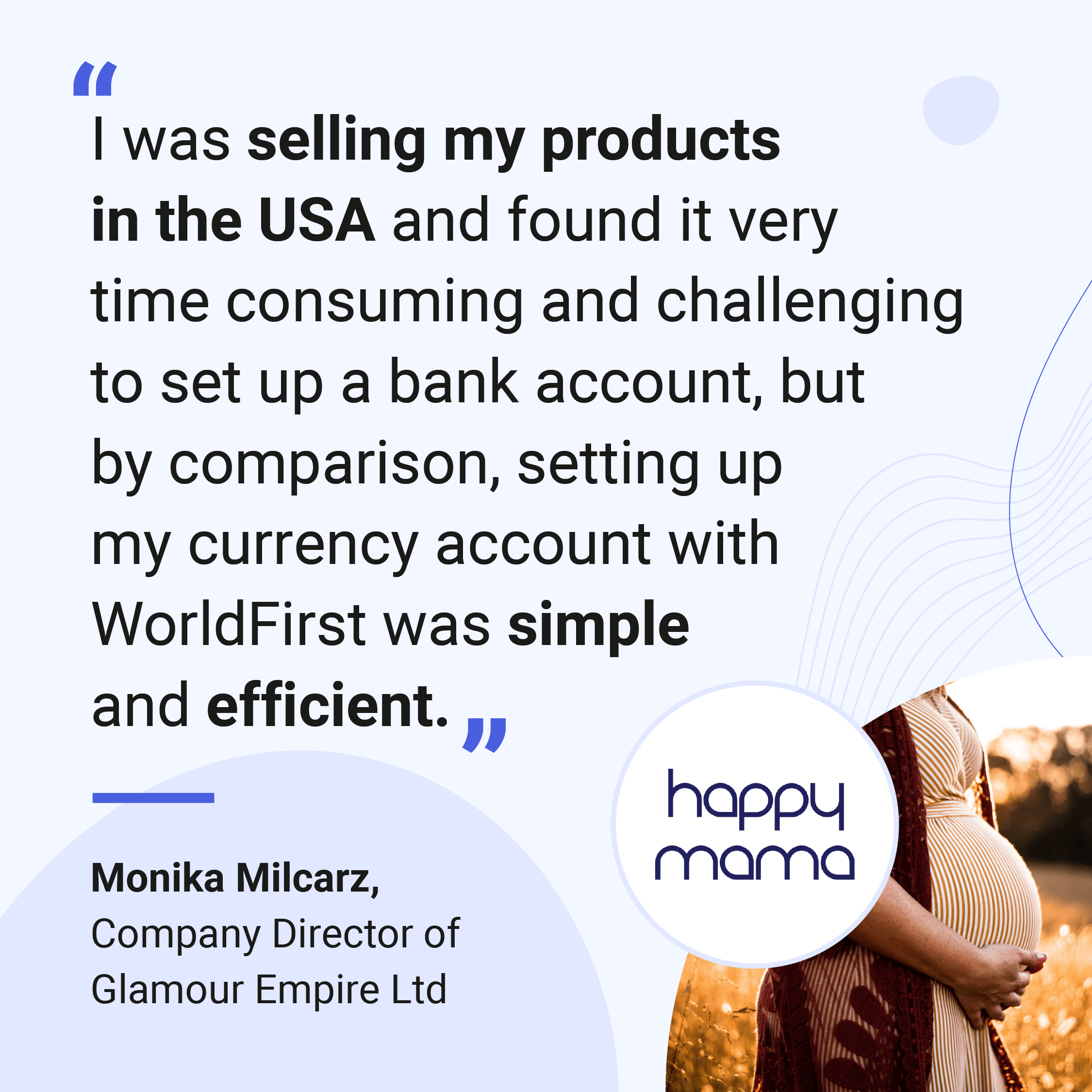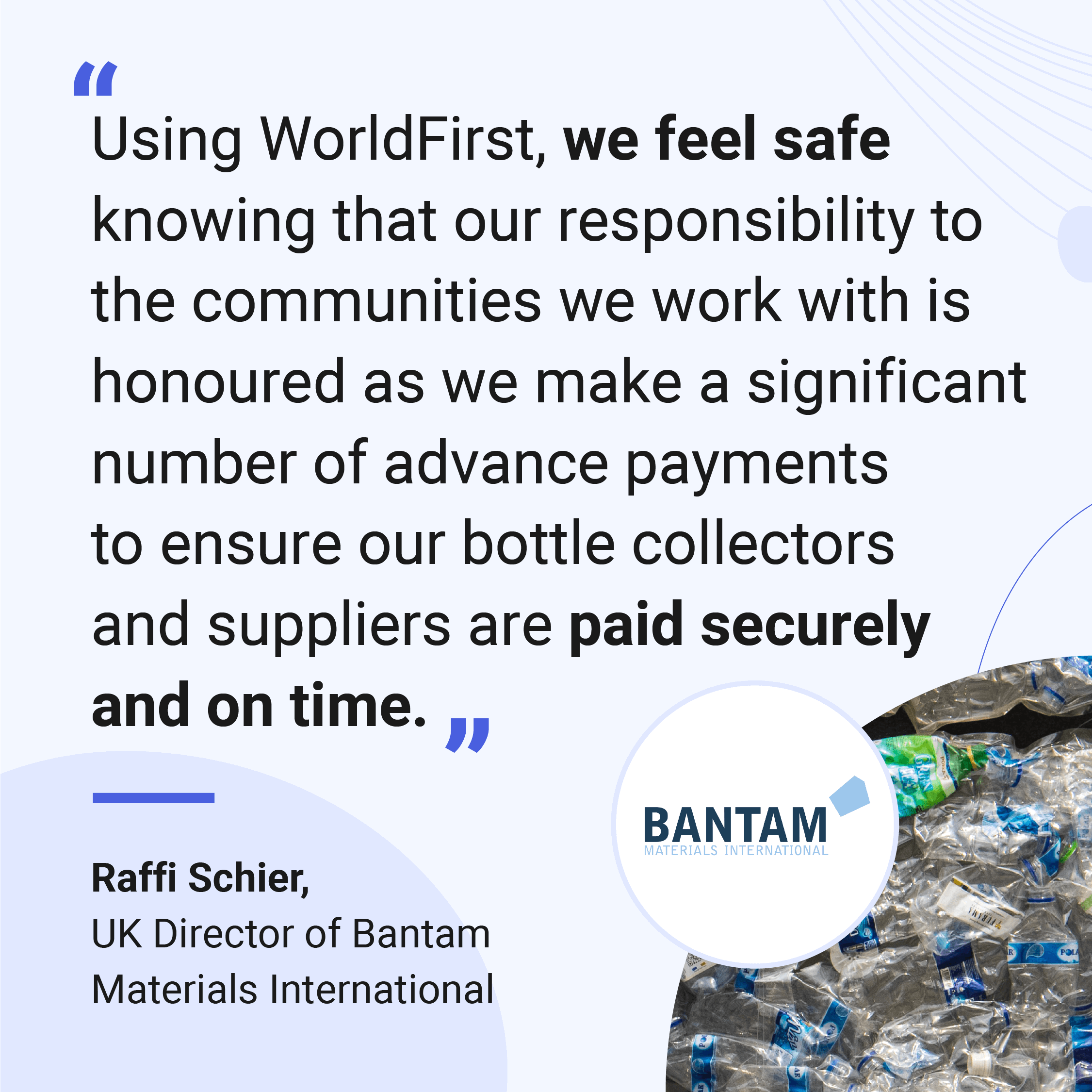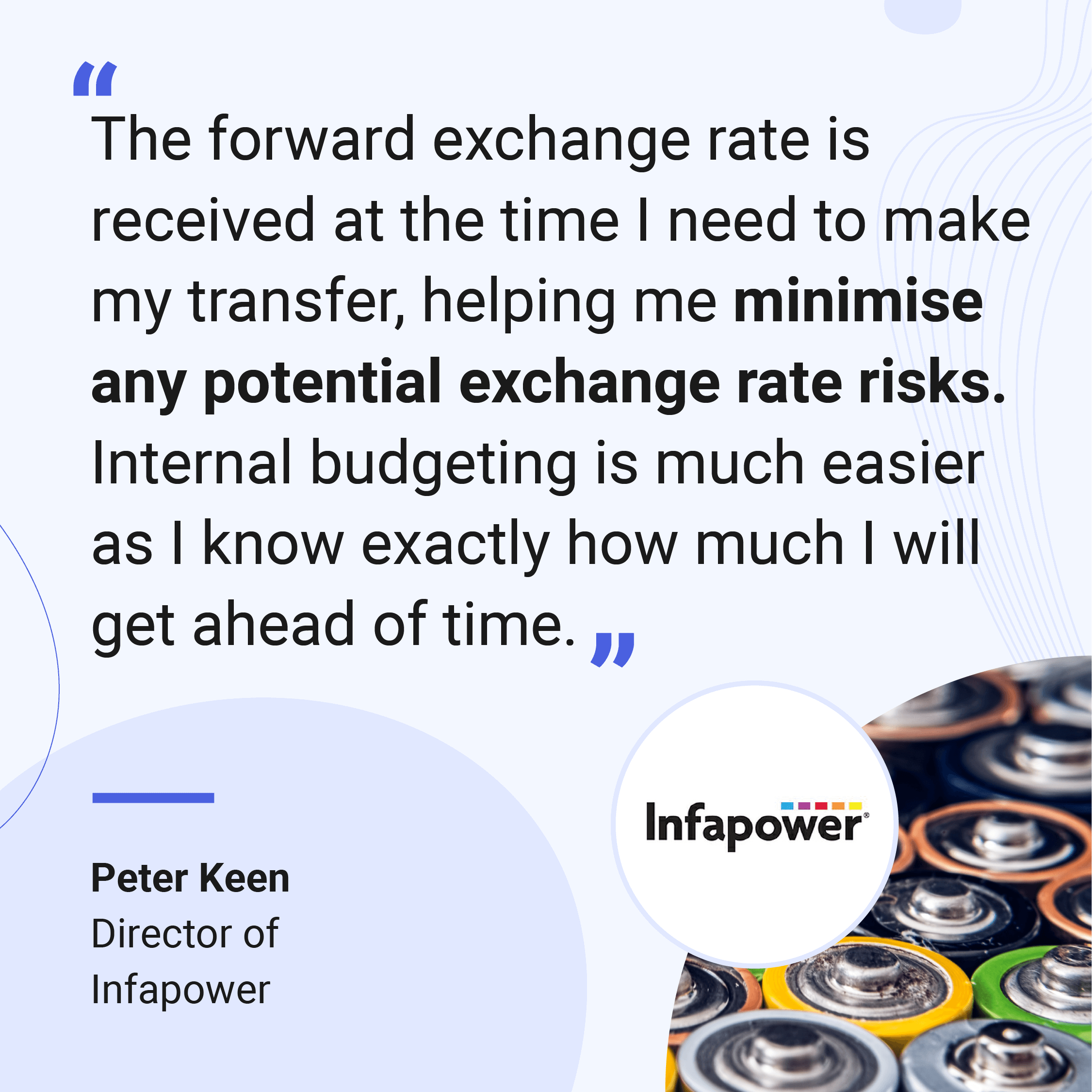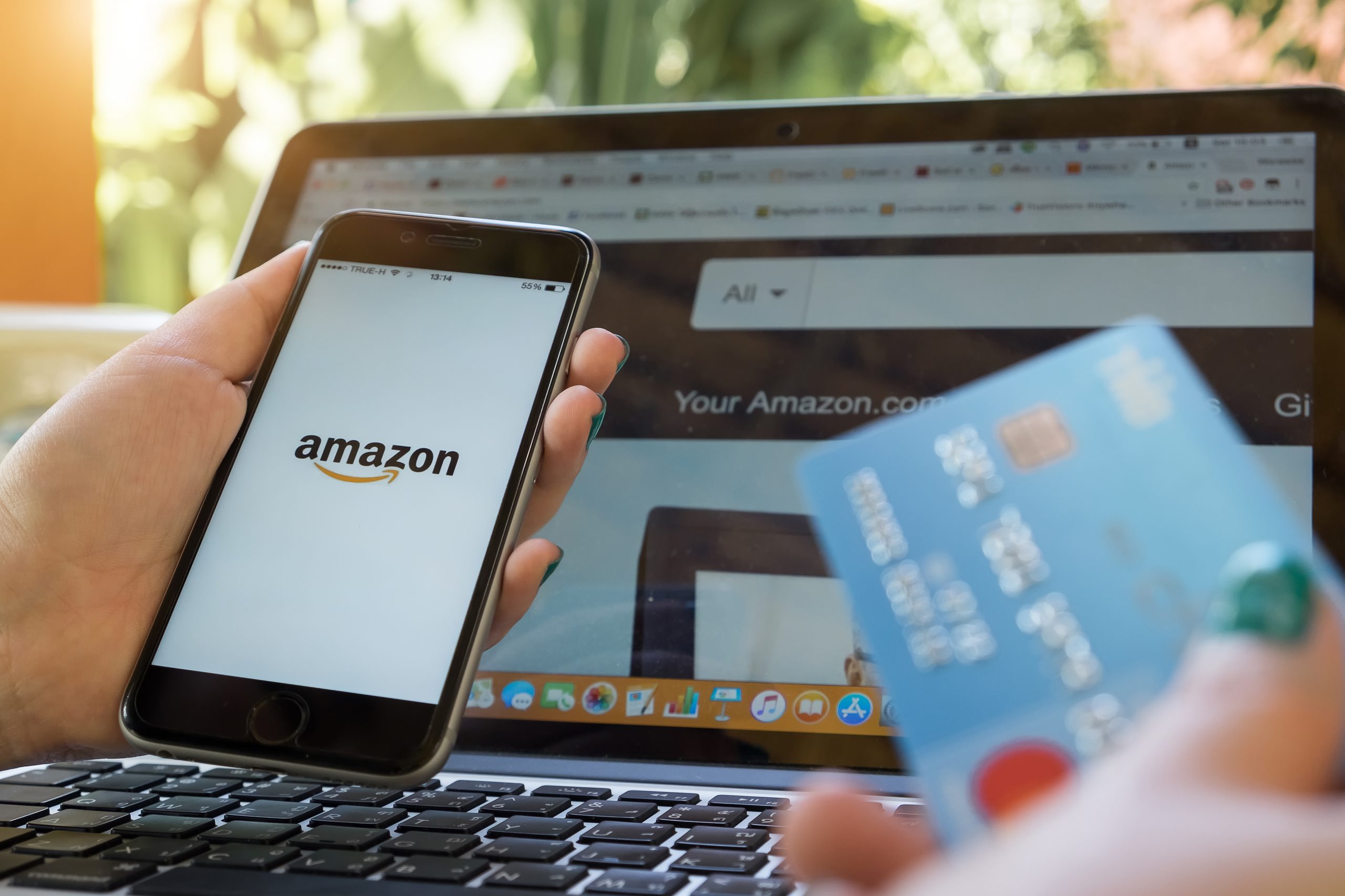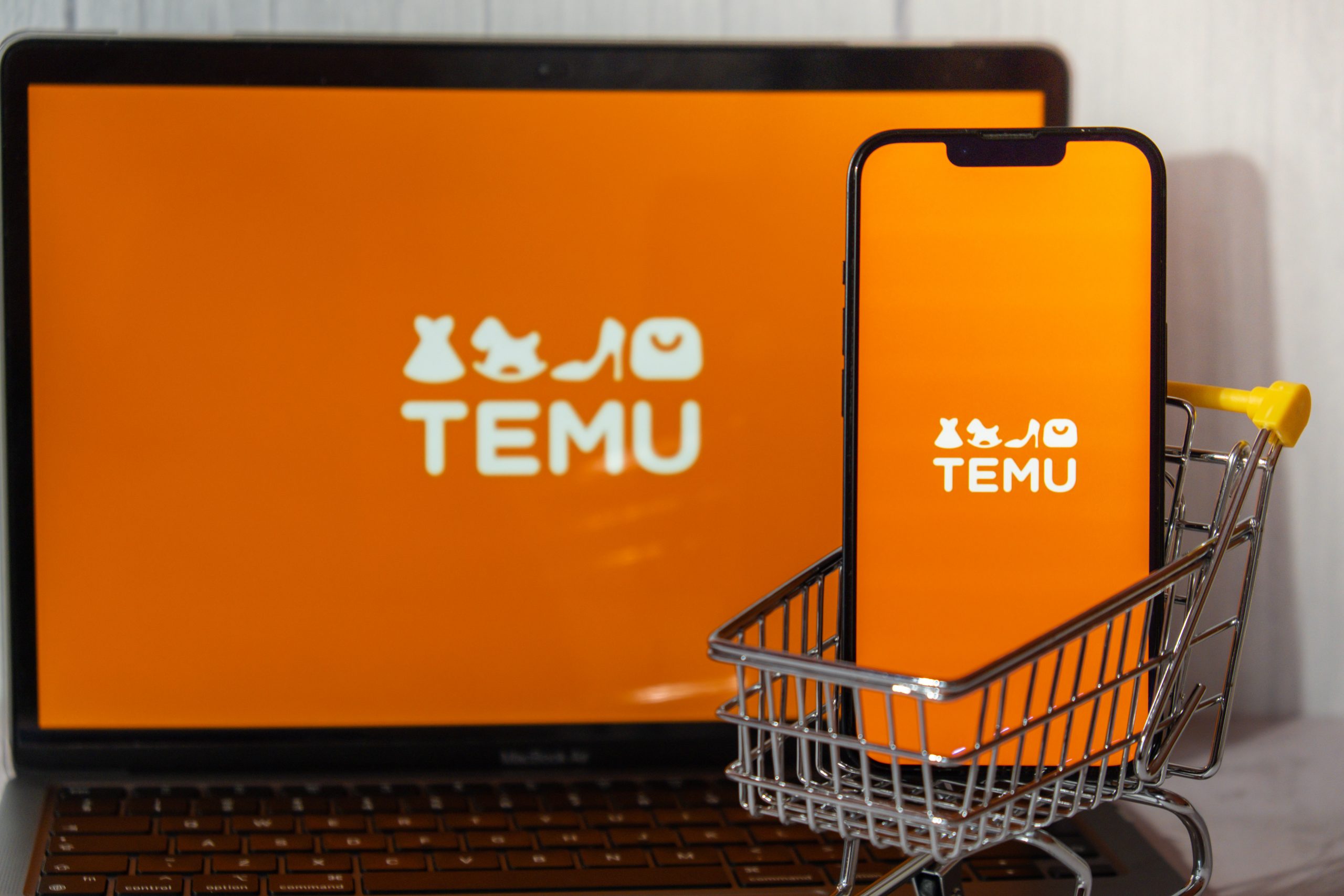
Selling on Amazon has become a common way for a start-up e-commerce business to find its feet in the industry and gain some much-needed experience and cash.
Why Amazon?
First of all, you need to ask why a person might prefer to sell through Amazon rather than their specialist store?
Getting involved in the Amazon FBA (fulfilled by Amazon) scheme could have major benefits to your e-commerce store. It allows users to make use of the Amazon infrastructure for a fee. This means your products would be sold through the most recognisable online store in the world, with over 156 million global customers. It can also save on the trouble and investment of setting up your website, designing it and then running it all by yourself, which can be a costly investment for a small business.
Likewise, if you’re looking to establish your existing e-commerce store internationally, managing your overseas stores through Amazon is a fast and simple method of growing your base.
Security has always been a huge concern for online shoppers, presenting new challenges for e-commerce store managers. Thankfully, selling through Amazon gives customers access to its secure payment gateway, assuring shoppers they can buy in peace. If this part of e-commerce is something you’re unfamiliar with, then selling through Amazon could be a great place to start.
Efficient, safe, and cost-effective, you can see why so many retailers are using this method. So, how do you get started?
Step 1: Choose a product
There are restrictions on what products you can sell through Amazon, and the items you choose will need to apply to one of their existing categories. Some products will require permission from Amazon before they can be properly listed, so consider the trouble you’ll be putting yourself through with certain products.
Ultimately this is much the same as planning products for sale through your own platform. Consider products with an existing audience and plan out how you can create a unique niche in that very market.
Step 2: Choose a selling plan
There are two selling plans available for someone looking to operate an Amazon store. Which one you choose to go with depends on the number of sales you’re looking to make. With the professional plan, you can sell an unlimited amount of products for a £25 per month fee.
Alternatively, you can choose to pay £0.75 per item sold without a monthly fee. Consider the frequency and cost of your products and your expected monthly sales total. Note that both plans include additional selling fees for all items sold.
Open a World Account for free
- Open up to 10 local currency accounts, with local sort codes, account numbers and IBANs
- Collect secure payments from 100+ marketplaces, overseas buyers and payment processing gateways
- Pay suppliers, partners and staff in 40 currencies without hidden fees
- Pay and get paid easily with local bank details on your invoices
- Lock in conversion rates to manage your currency risk
Step 3: Register your products
To register your products you first need to create an account on Seller Central, the interface where you will control your FBA store.
This is primarily a case of providing personal and business information. You will need to provide a valid, non-expired credit or debit card, a phone number, primary contact information, and your company registration details, including the business type, registration number, and registration date.
You will also need to be able to provide proof of identity, and in some cases, you will be asked provide beneficial owner information. The final step is to provide bank account details to complete payment transactions.
Once you have filled in this information you’re ready to start filling out your store with the important stuff.
Step 4: List your products
Now you’re registered, it’s time to start building a collection of products in your store by listing them.
How you list products depends on the subscription you have. With a regular account, you can only upload one product at a time, while a professional selling subscription will allow you to upload large batches of items to the marketplace through the use of bulk tools, saving you significant time.
There are two ways you can list a product. Some products will already be listed on the Amazon marketplace, in which case you can lift that information and fill in gaps unique to your business, such as stock numbers, condition and shipping details. If you are uploading a product not already available on the marketplace, you will have to include more extensive details before uploading.
Step 5: Start selling!
With that, you’re up and ready to start making some sales. There are some important areas to make sure you understand fully before you start selling though.
There are numerous tools that will be a huge asset in running your Fulfilment by Amazon (FBA) store, depending on the average order total you receive. An order management tool will help you see a full list of your orders and view their specific details. Order reports allow you to receive order fulfilment information on multiple orders within a single report. The Amazon Marketplace Web Service is an asset to store owners who want to retrieve information about events and new orders into their seller account.
You can either let Amazon handle the shipping process as part of the FBA scheme, or use the Seller Fulfilled Prime programme to handle the shipping yourself.
Selling through Amazon has enormous benefits for both entrepreneurs dipping their toes into the water of e-commerce for the first time and experienced side-hustlers who don’t want the hassle of running their website.

Businesses like yours trust WorldFirst
- Almost 1,000,000 businesses have sent $150B around the world with WorldFirst and its partner brands since 2004
- Your money is safeguarded with leading financial institutions
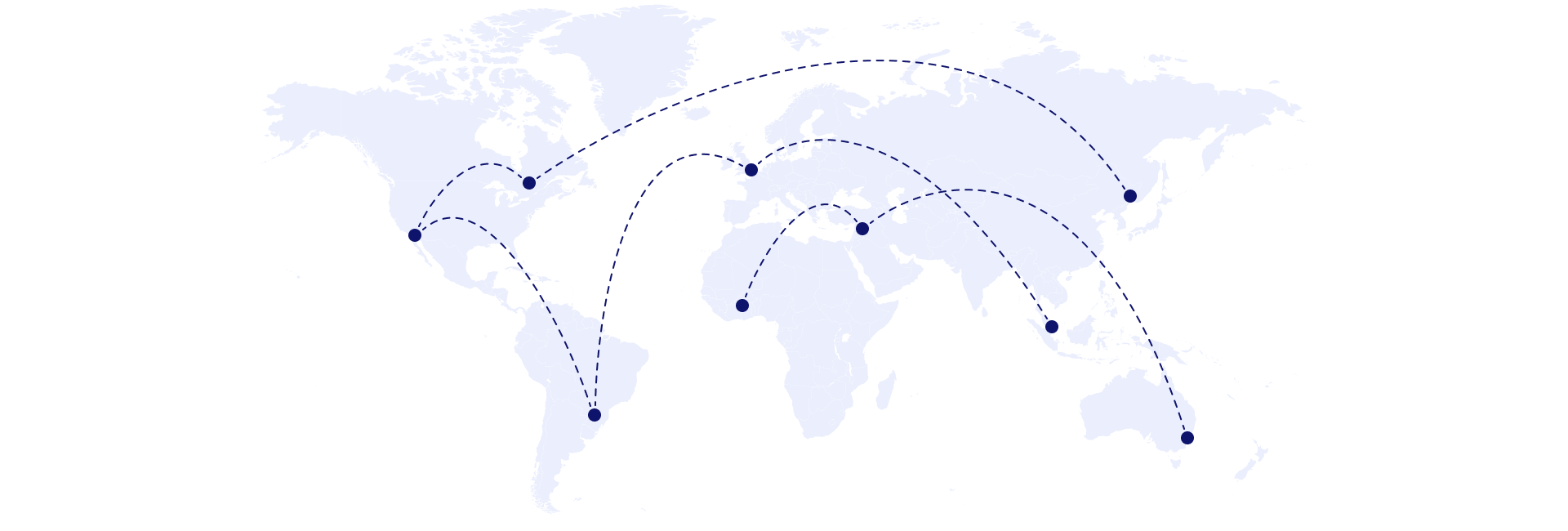
What our customers say about our services
